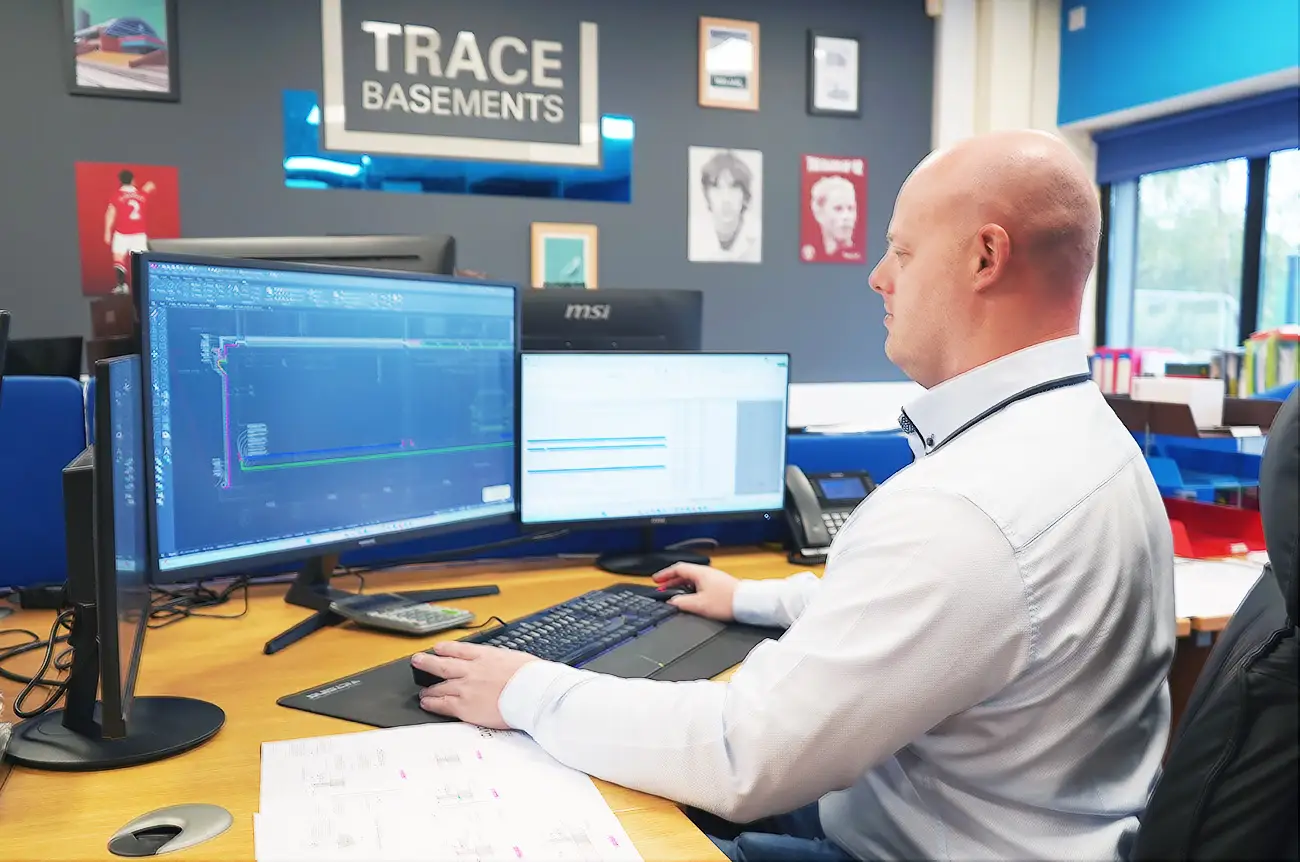Guide to Basement Structures and Waterproofing
Basement structures can be formed using varied methods and materials, each with implication upon resistance (or otherwise) to groundwater penetration, which in turn has an implication on the waterproofing design, with this also being influenced by proposed usage and site conditions.

By James Hockey
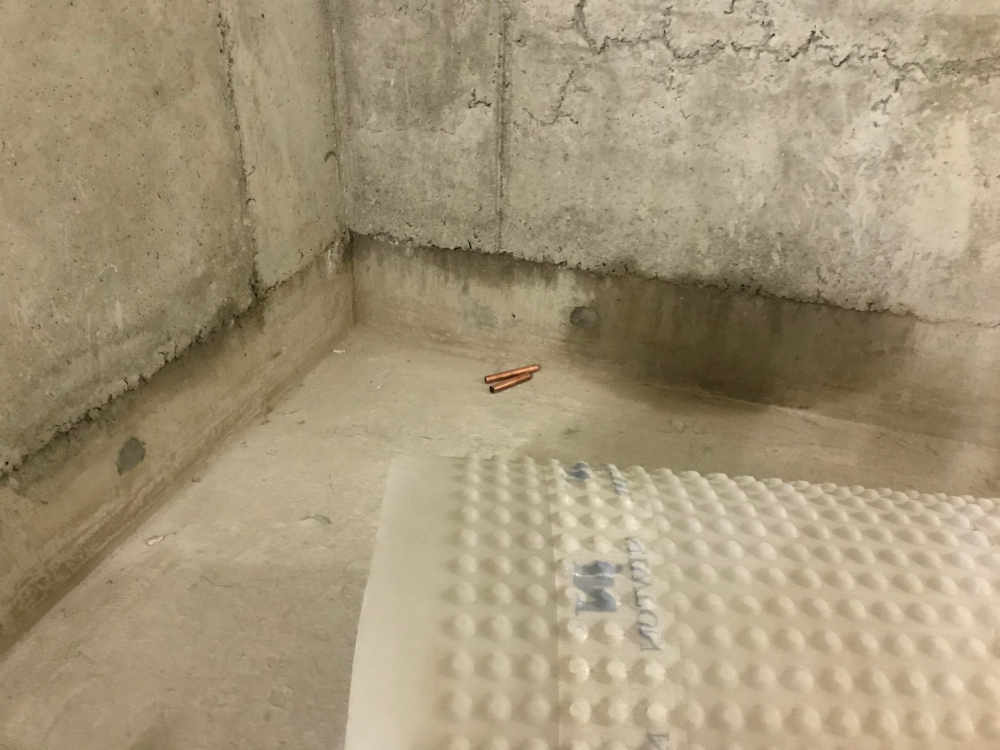

If it sounds complicated, not to worry, focus primarily on the fact that different structures provide different levels of resistance to penetration, and that this is one part of that which should be considered in producing a waterproofing design.
The most common basement structures that we see involve open excavations and reinforced concrete rafts ('monolithic' foundations extending fully beneath the basement footprint) which are formed first, before retaining walls are formed, which bear onto the raft either in reinforced concrete (cast on-site), or 'reinforced masonry'.
Cast in-situ concrete walls are formed (onto the raft) by erecting shuttering with steel reinforcement placed into this, then pouring concrete into the shuttering, resulting in a 'solid' concrete wall.
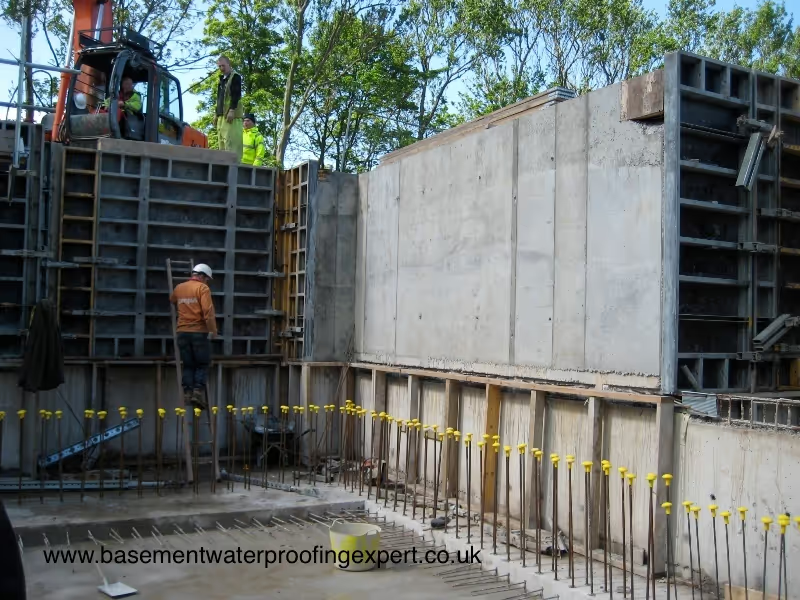
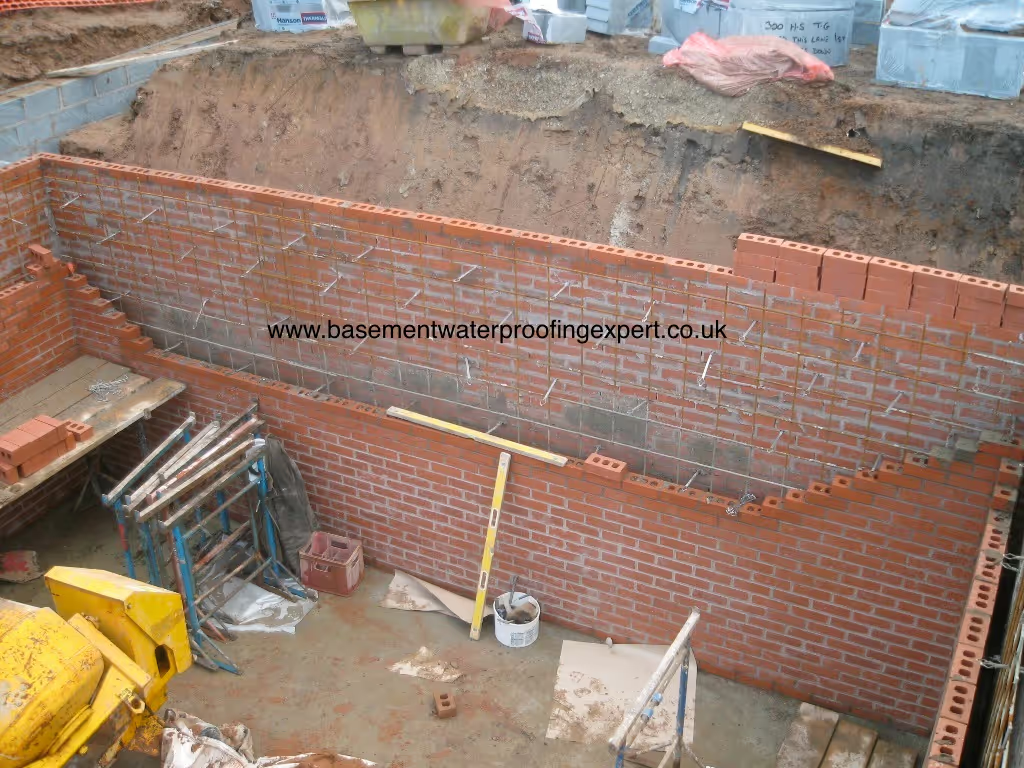
Beyond the above we also see embedded retaining walls which can avoid the requirement for an open excavation, in that piles (steel or concrete) are driven or bored top down, this forming the retaining walls, with the ground internal of those then being excavated, and with this approach the concrete slab is formed after the walls.
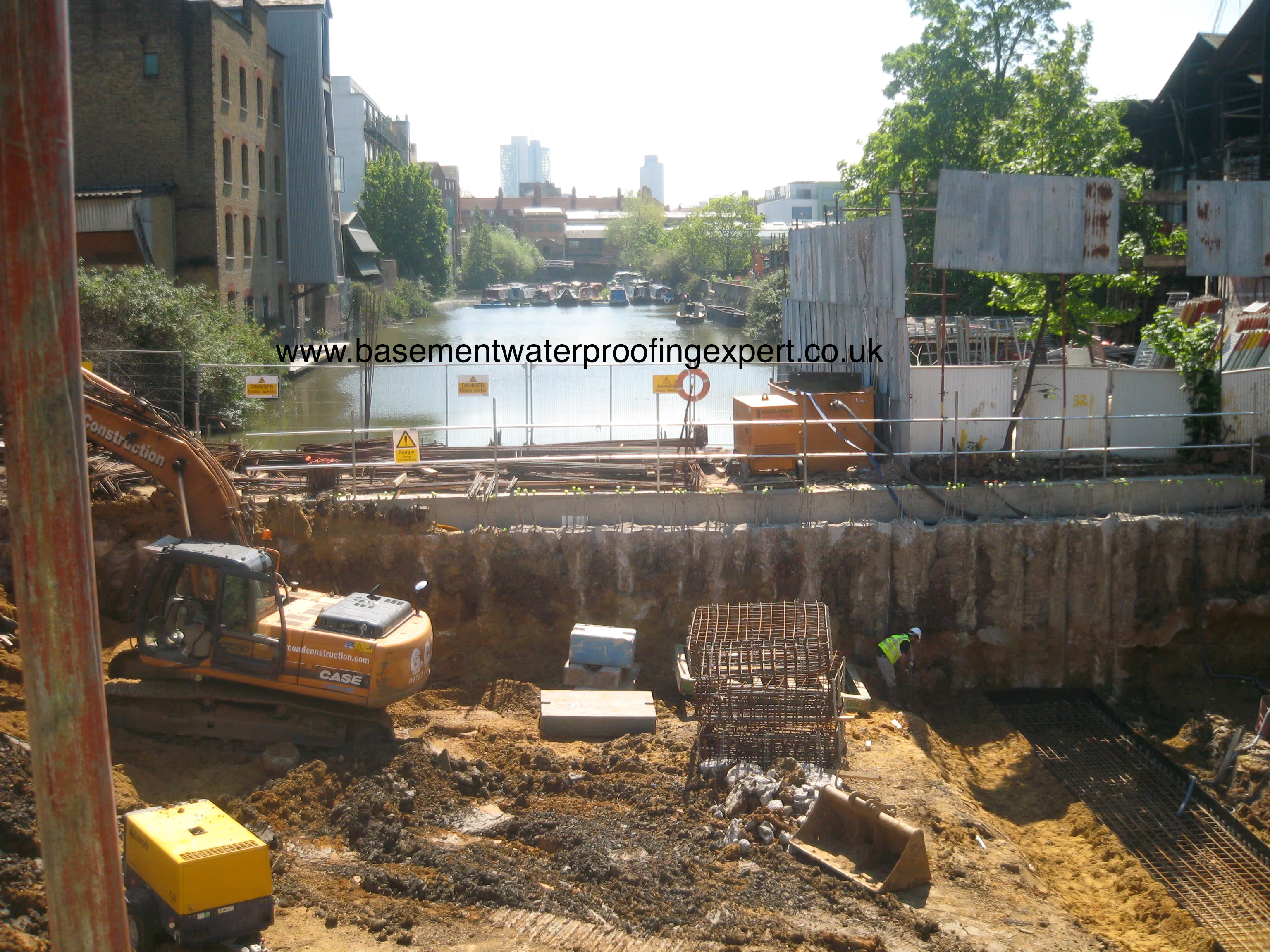
There are other methods/structures which generally we see less of, such as precast systems where concrete wall panels are manufactured off-site, then delivered to site where they are craned into position (over a raft) and fixed together.
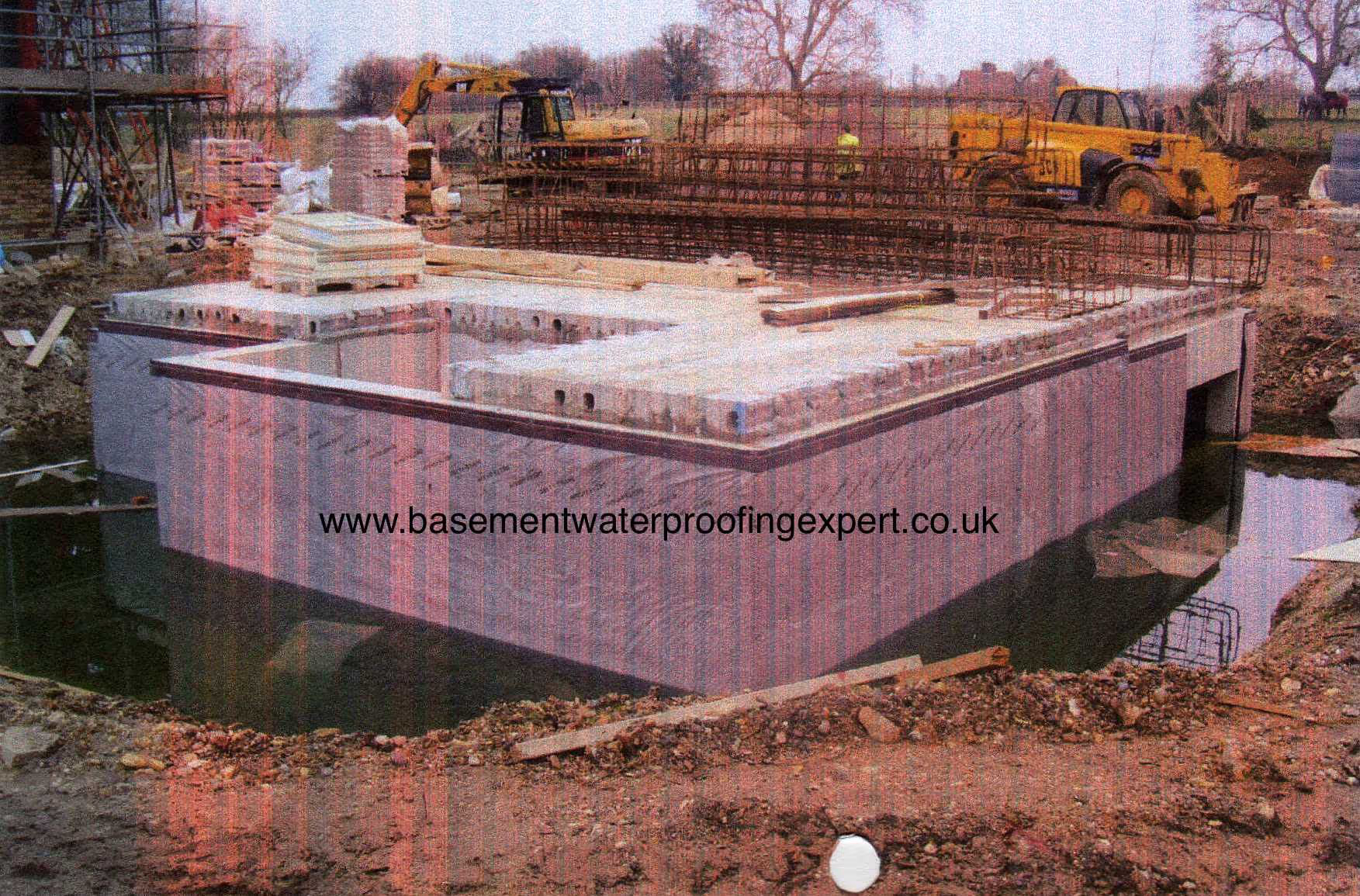
We provide a single point of responsibility protecting all stakeholders.
We take full accountability for the waterproofing process, serving as a single point of responsibility to ensure seamless coordination and execution. This approach protects all stakeholders by minimising risk, eliminating communication gaps, and ensuring the highest standards of quality and reliability throughout the project.
Find out more
